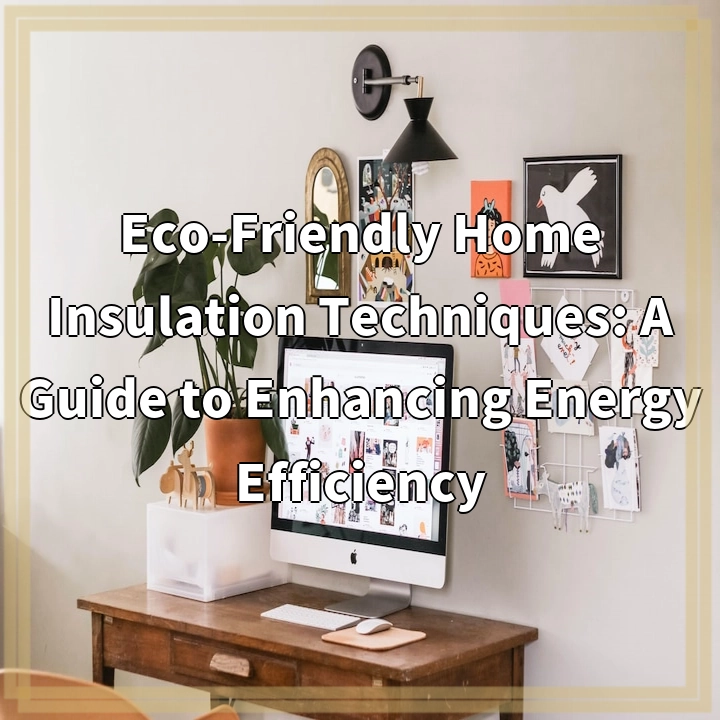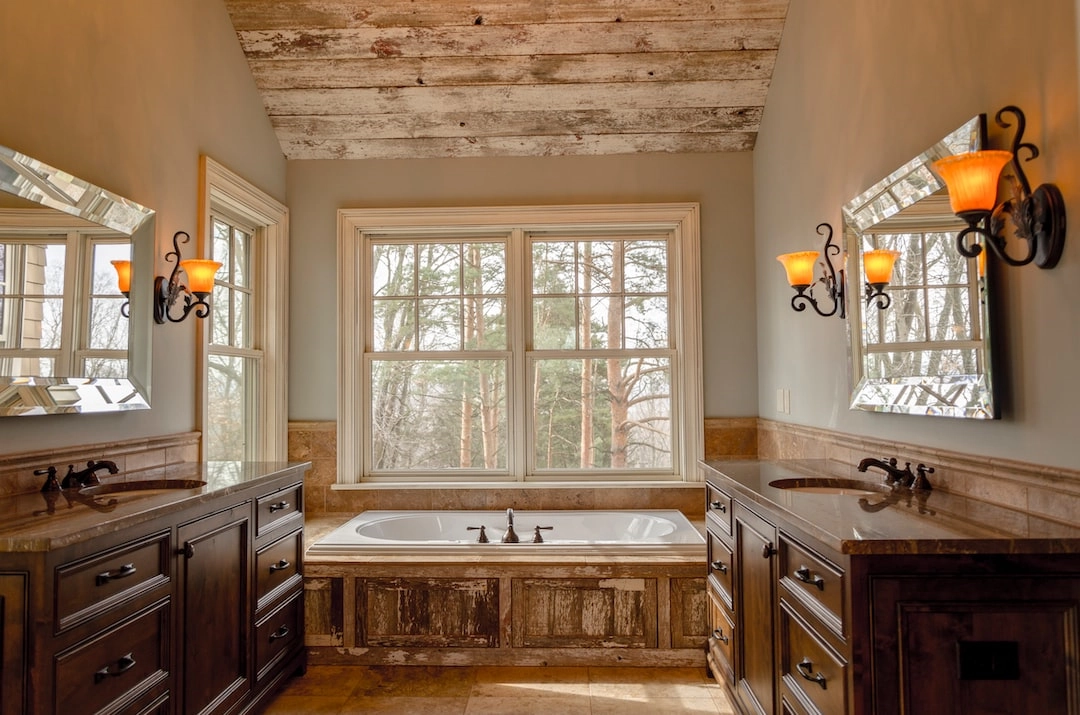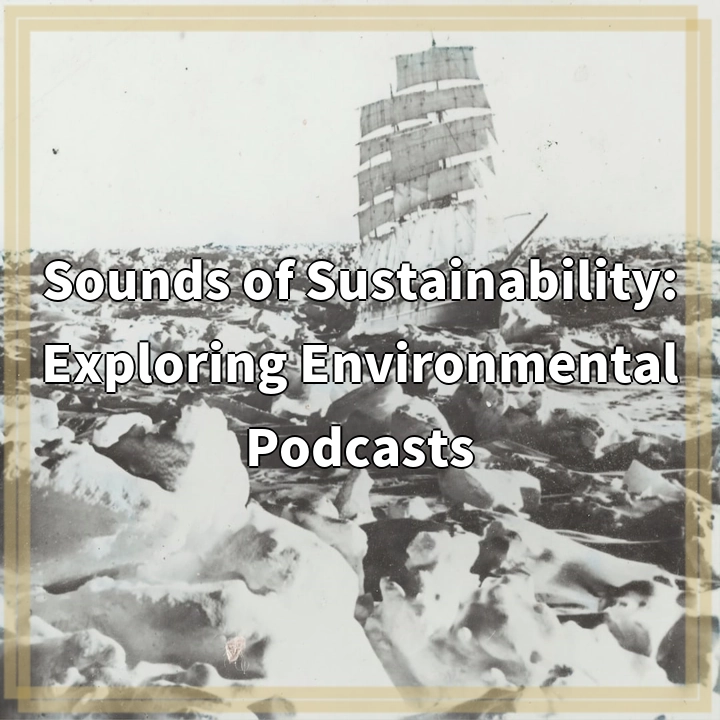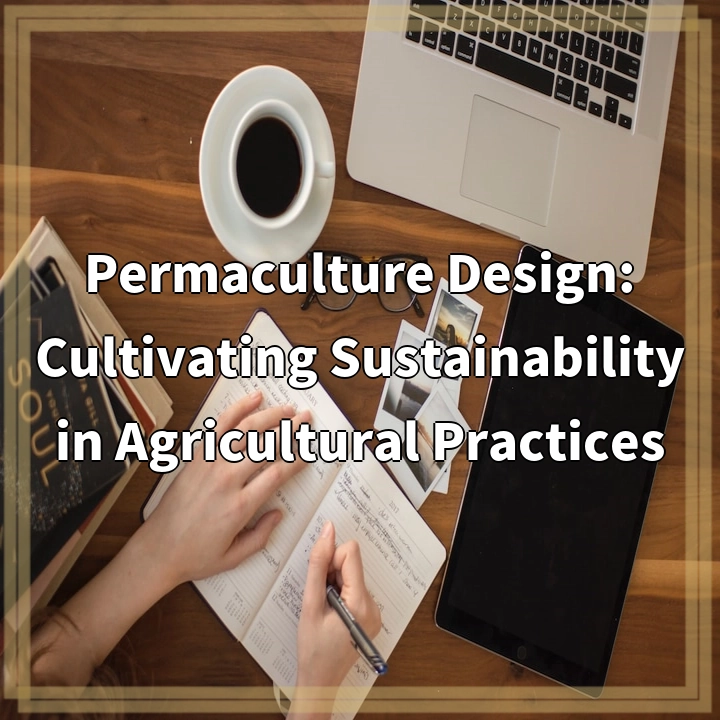
What is Eco-Friendly Home Insulation?
Home insulation is a crucial element in ensuring energy efficiency and reducing carbon footprints. Eco-friendly home insulation techniques are designed to enhance energy efficiency while minimizing environmental impact. These techniques involve using sustainable materials and adopting energy-saving practices to maintain comfortable indoor temperatures.
Real-World Problems with Home Insulation
1. Energy Loss:
Poorly insulated homes can lead to significant energy loss, resulting in increased utility bills and unnecessary energy consumption. Inadequate insulation allows heat to escape during colder months and infiltrates warm air during warmer months, making heating and cooling systems work harder than necessary.
2. Environmental Impact:
Traditional insulation materials, such as fiberglass, often involve the extraction and manufacturing of non-renewable resources. Additionally, these materials may contain harmful chemicals and off-gas pollutants, contributing to environmental degradation and poor indoor air quality.
3. Health Concerns:
Poorly insulated homes can create a range of health issues. Inadequate insulation can lead to moisture buildup, creating a favorable environment for mold growth, which can trigger allergies and respiratory problems. Additionally, homes without proper insulation may experience temperature variations, impacting occupant comfort and overall well-being.
4. Lack of Comfort:
Inefficient insulation can cause discomfort within the living space. Drafts, cold spots, and uneven temperatures can make certain areas of the home less comfortable than others. These issues can affect daily activities, productivity, and overall quality of life.
5. Wasted Resources:
Without effective insulation, energy is being wasted and resources are being used inefficiently. By neglecting eco-friendly home insulation techniques, homeowners miss out on the opportunity to reduce their ecological footprint, conserve resources, and contribute to a more sustainable future.
In Conclusion
Eco-friendly home insulation techniques offer practical solutions to enhance energy efficiency and address the real-world problems associated with traditional insulation. By taking steps to insulate our homes in an environmentally conscious manner, we can reduce energy loss, minimize our impact on the planet, and create comfortable, healthier living environments.

Solutions for Eco-Friendly Home Insulation
1. Choose Sustainable Insulation Materials:
Opt for eco-friendly insulation materials such as recycled denim, cellulose, or wool, which have minimal environmental impact and do not contain harmful chemicals. These materials provide effective insulation while promoting sustainable practices.
2. Proper Insulation Installation:
Hire experienced professionals to install insulation accurately and efficiently. Proper installation ensures that there are no gaps or areas of poor insulation, minimizing energy loss and maximizing the effectiveness of the chosen insulation material.
3. Seal Air Leaks:
Air leaks around windows, doors, and walls can significantly impact energy efficiency. Seal these gaps with weatherstripping, caulk, or foam sealants to prevent drafts and minimize heat transfer, resulting in better insulation performance.
4. Insulate Attics and Basements:
Attics and basements are often overlooked spaces for insulation. Properly insulating these areas can prevent heat loss through the roof and basement walls, improving overall energy efficiency and increasing comfort levels throughout the home.
5. Use Reflective Insulation:
Reflective insulation materials, such as radiant barriers, can help reduce heat transfer by reflecting radiant energy. These materials are particularly beneficial in hot climates, as they can prevent excessive heat from entering the living space.
6. Stay Updated on Energy Efficiency Programs:
Government programs and incentives often offer support for energy-efficient home improvements, including insulation upgrades. Stay informed about available programs and grants that can help offset the costs of eco-friendly home insulation projects.
In Conclusion
By implementing these eco-friendly home insulation techniques, homeowners can enhance energy efficiency, reduce energy loss, and address the real-world problems associated with traditional insulation. Making conscious choices and adopting sustainable practices contribute to a greener future and create more comfortable, healthier living spaces.















